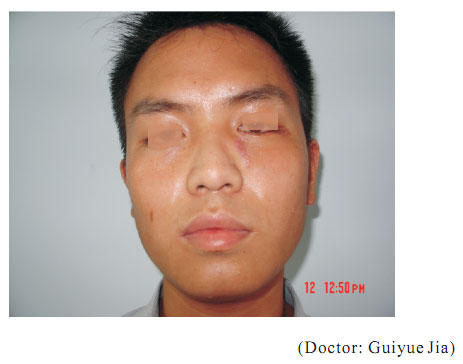1 Regenerative recovery of traumas
作者:Xu Rongxiang 出版社:CHINA SOCIAL SCIENCES PRESS 发行日期:2009 September
1.1 Regenerative healing of open limb wounds from the earthquake:
All 152 cases of open wound patients from 2008 Sichuan Earthquake healed by regenerative restoration treatment (not including small wounds), no amputation occurred to them. For example, while a pediatric patient was about to be amputated under the advice of a western doctor, under the care of Wu Bangguo, the head of China National People's Congress, who was just inspecting the disaster-stricken region, the patient was changed to regenerative treatment, achieving regenerative healing without amputation.
Meanwhile, our team took on all the rescue work for burn patients, the largest area of burn is 99% of TBSA, all skins regenerated, no death and deformity. See the following figs.
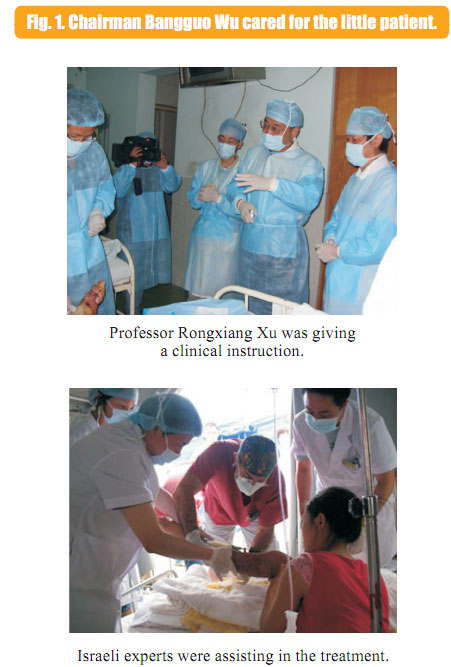
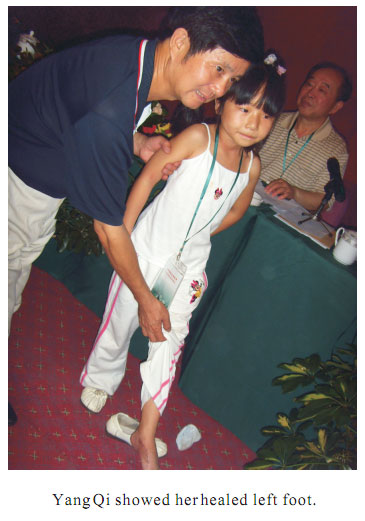
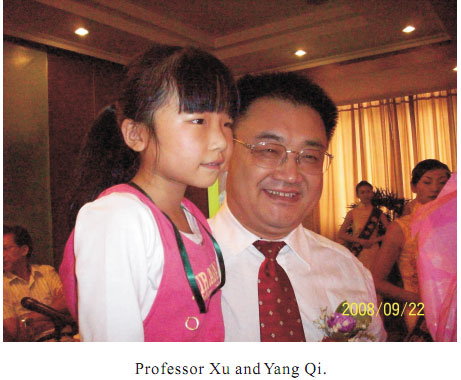
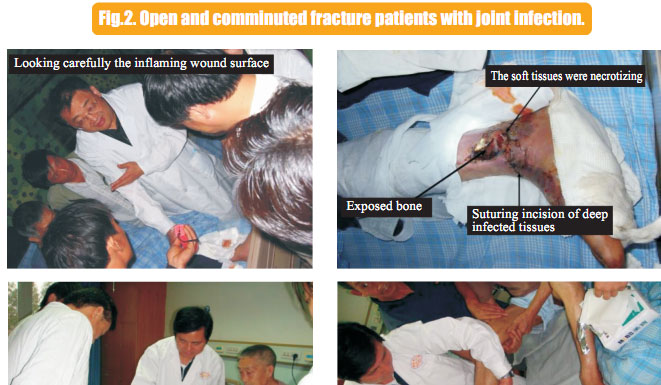
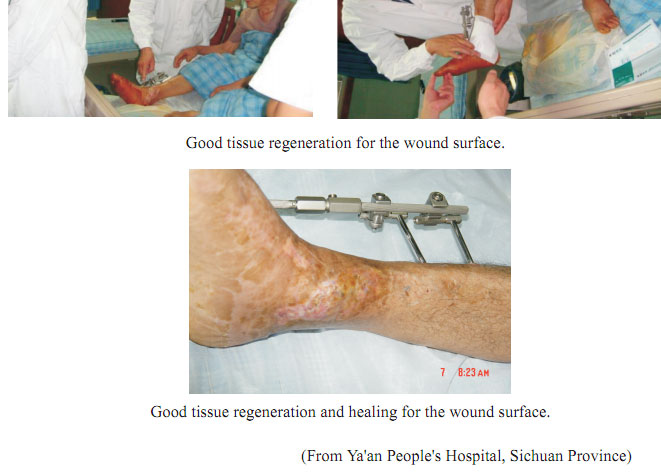
Many cases of skin and soft tissue damage and defect were caused by the bricks or stones dropping off from the high place during the earthquake time. During the treatment of these wounds, the regenerative medicine and therapy was applied to fulfill regenerative healing of wounds on the damaged or defected skin and soft tissues without skin grafting. (Fig.3)
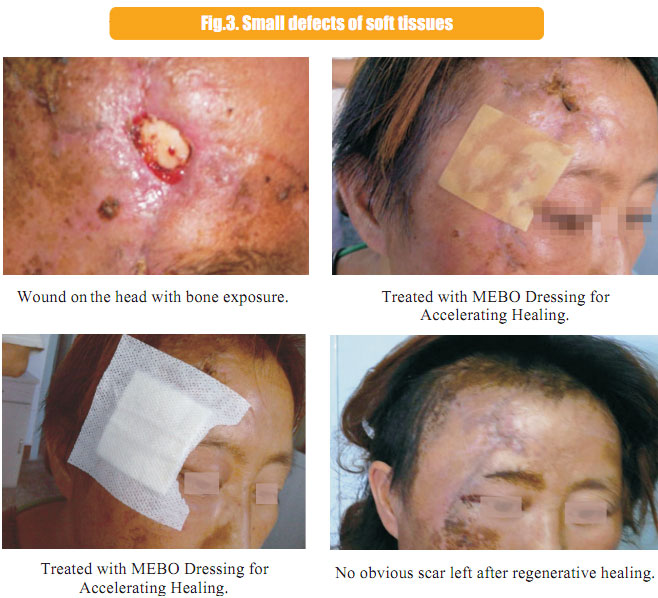
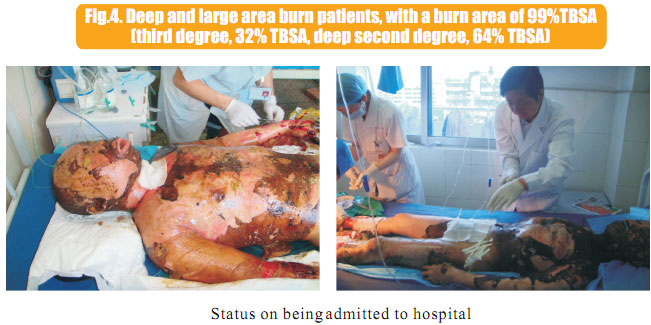
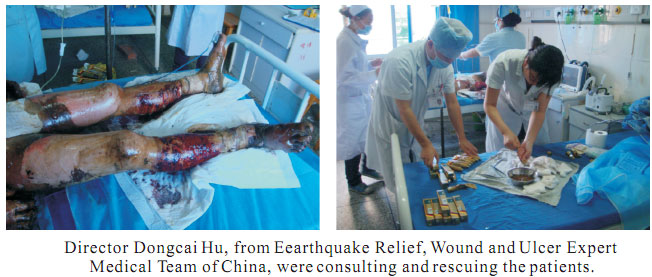

1.2 In situ regeneration of necrotic tissues and skull bones:
This clinical technique has become the routine protocol for regenerative treatment in China, following is an example: the left side of head was scorched by electrical oven and seriously injured, soft tissues charred, larger part of the facial and cranial bones necrotized. At the beginning, doctors gave him surgical treatment and drilled the facial and cranial bones. When no new tissue grew out of the deep holes after treatment for a while, they had to change to our regenerative treatment; after one week of regenerative treatment, granulation regenerated from the holes, necrotized bone was restored, periosteum was regenerated in situ, and it became suitable again for skin flap grafting, the patient finally was rescued. See the following pictures.
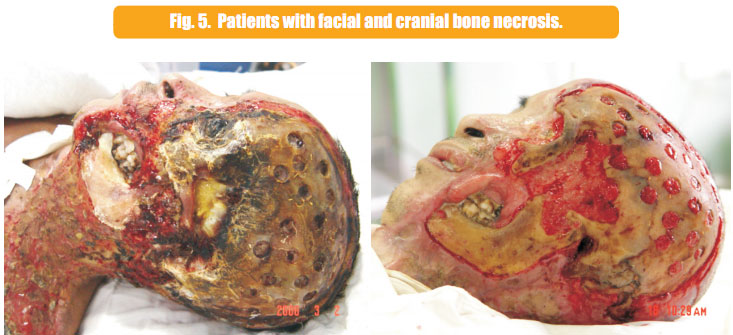

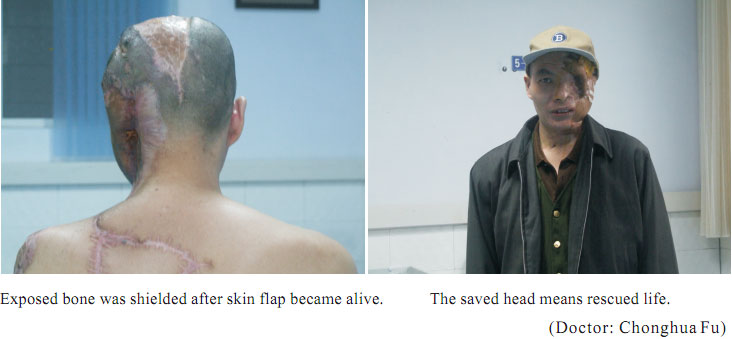
1.3 In situ regenerative restoration of surgical incision:
Scar formation is inevitable for surgical incision, but regenerative and restorative therapy can solve this problem, after the therapy, with no scars or scar traces left. See following pictures.

